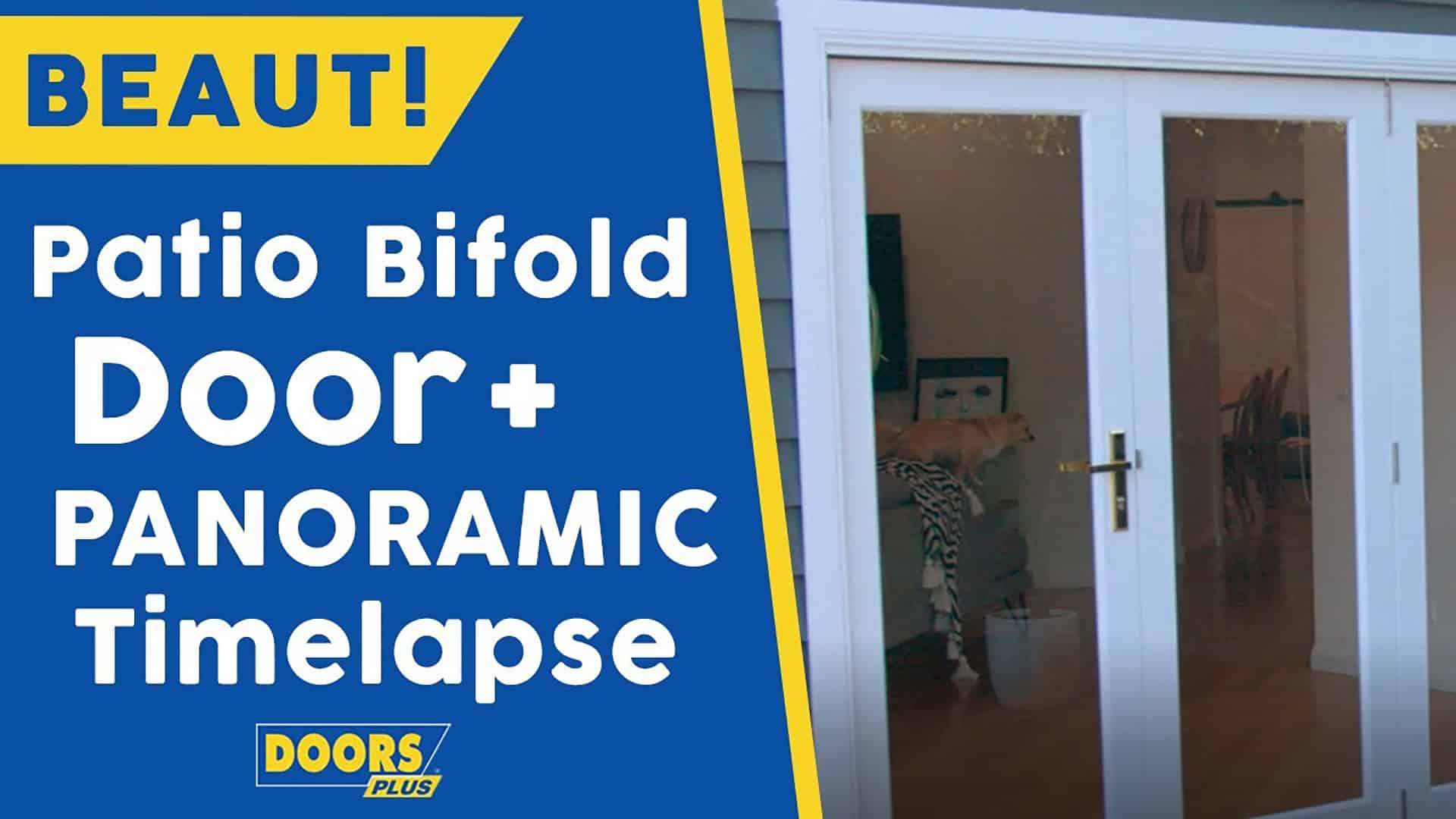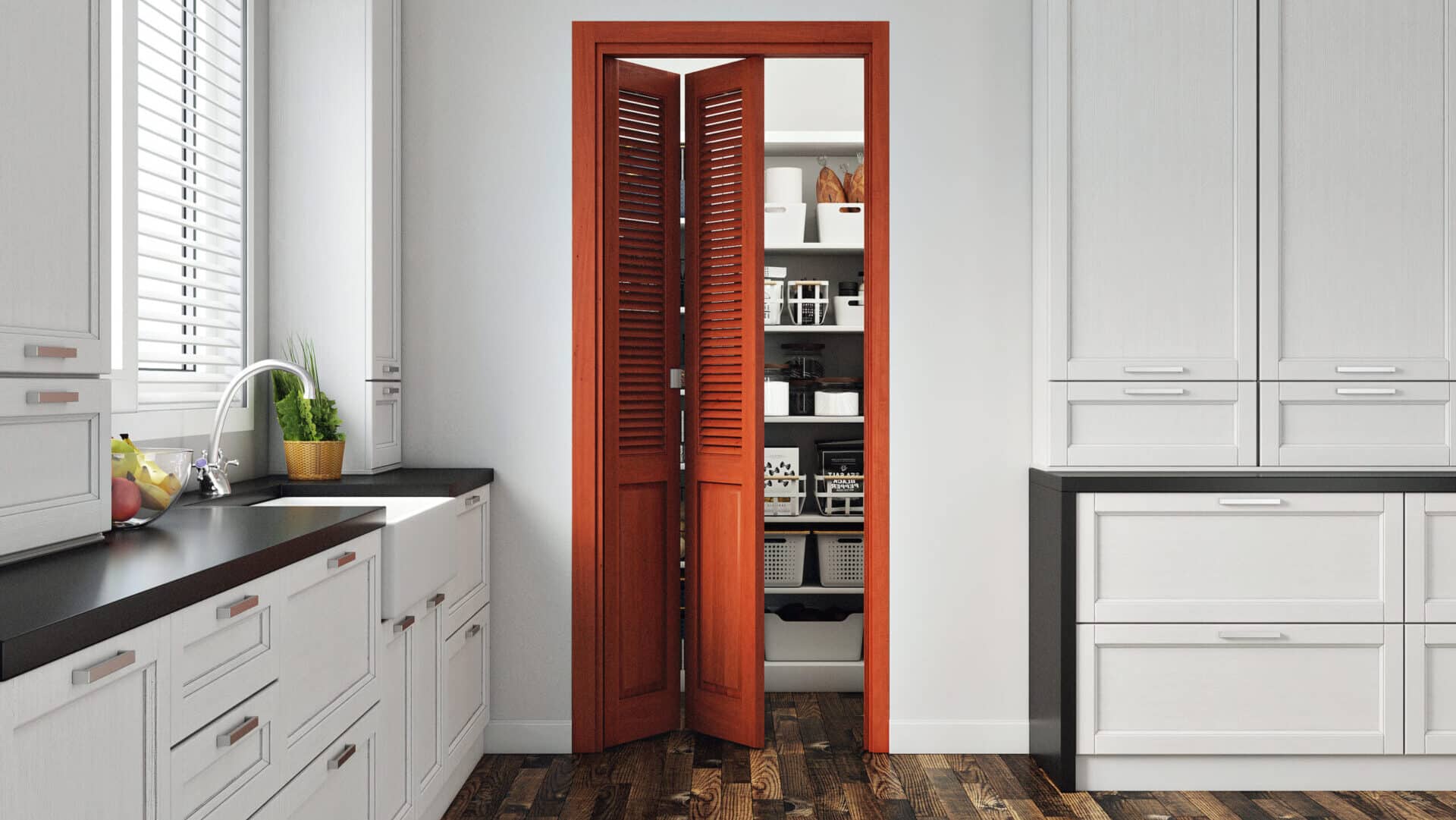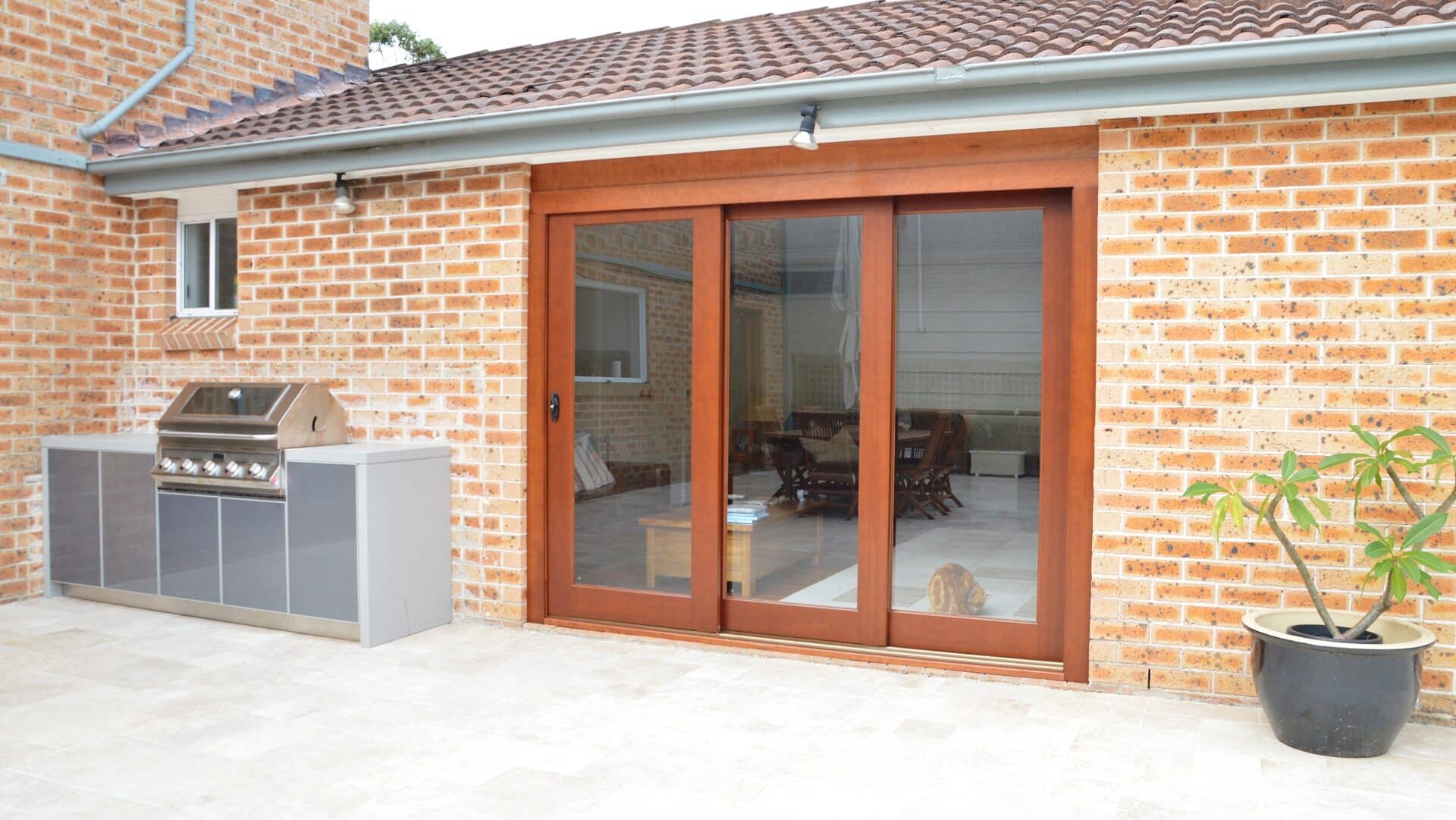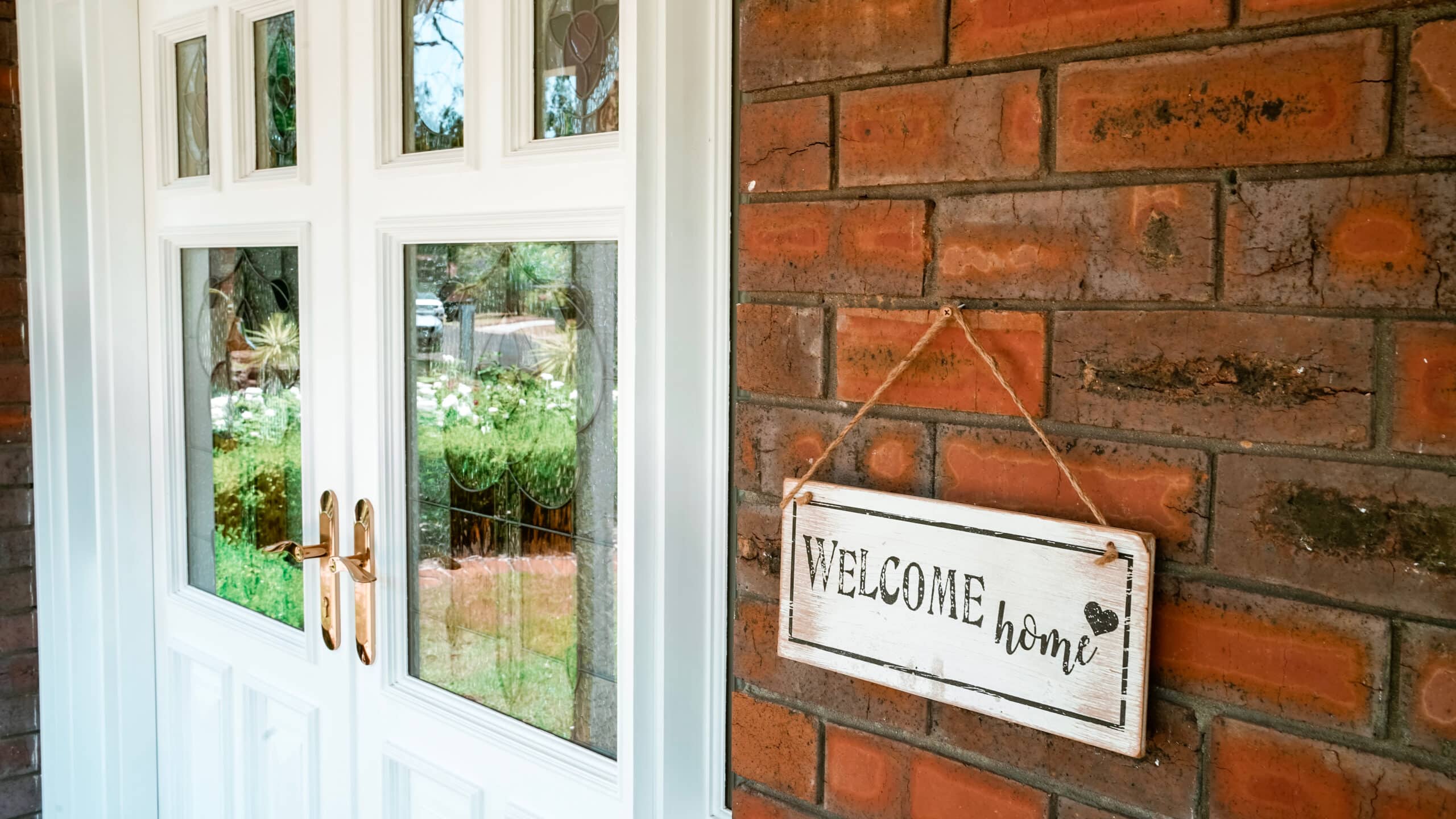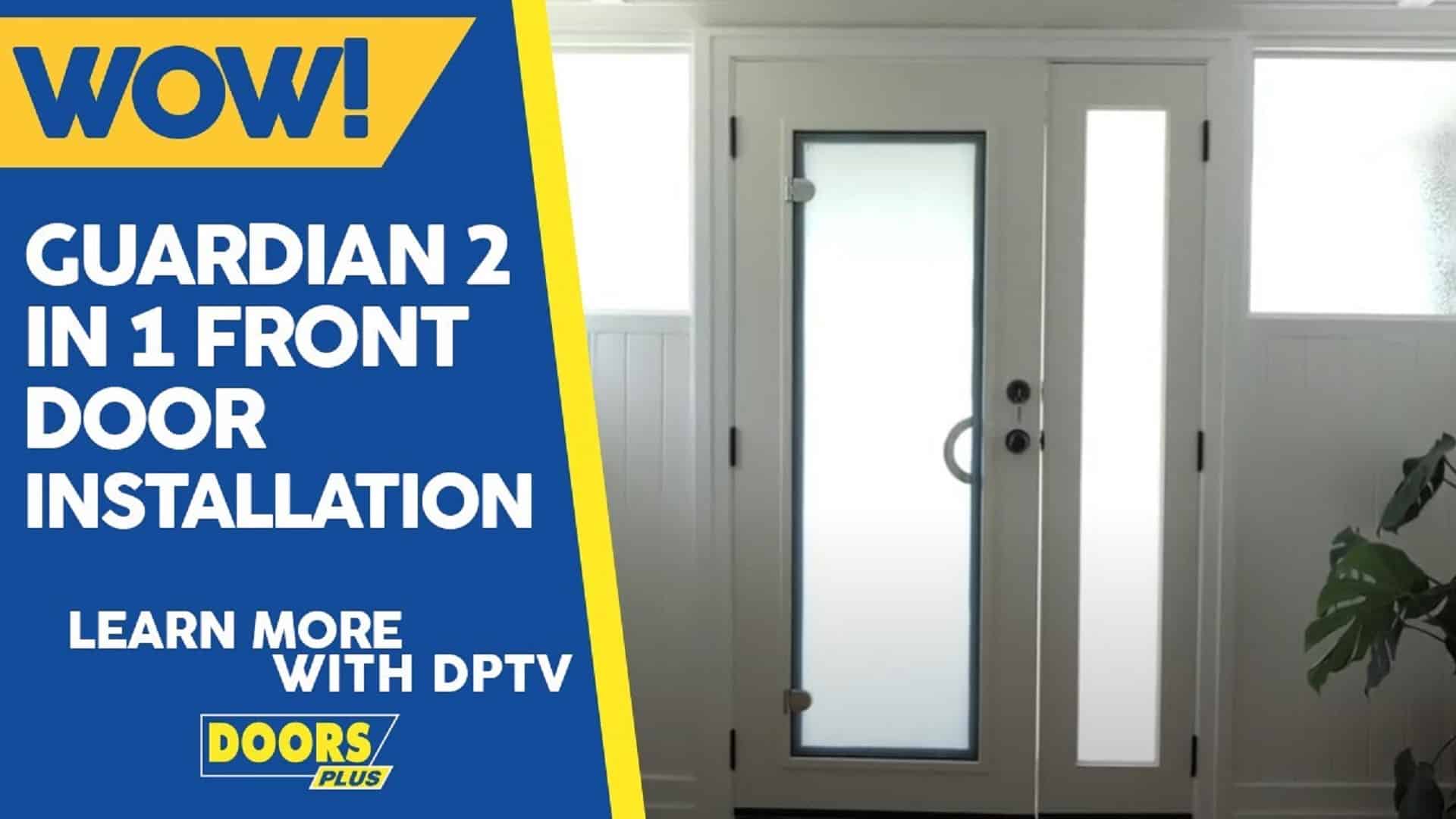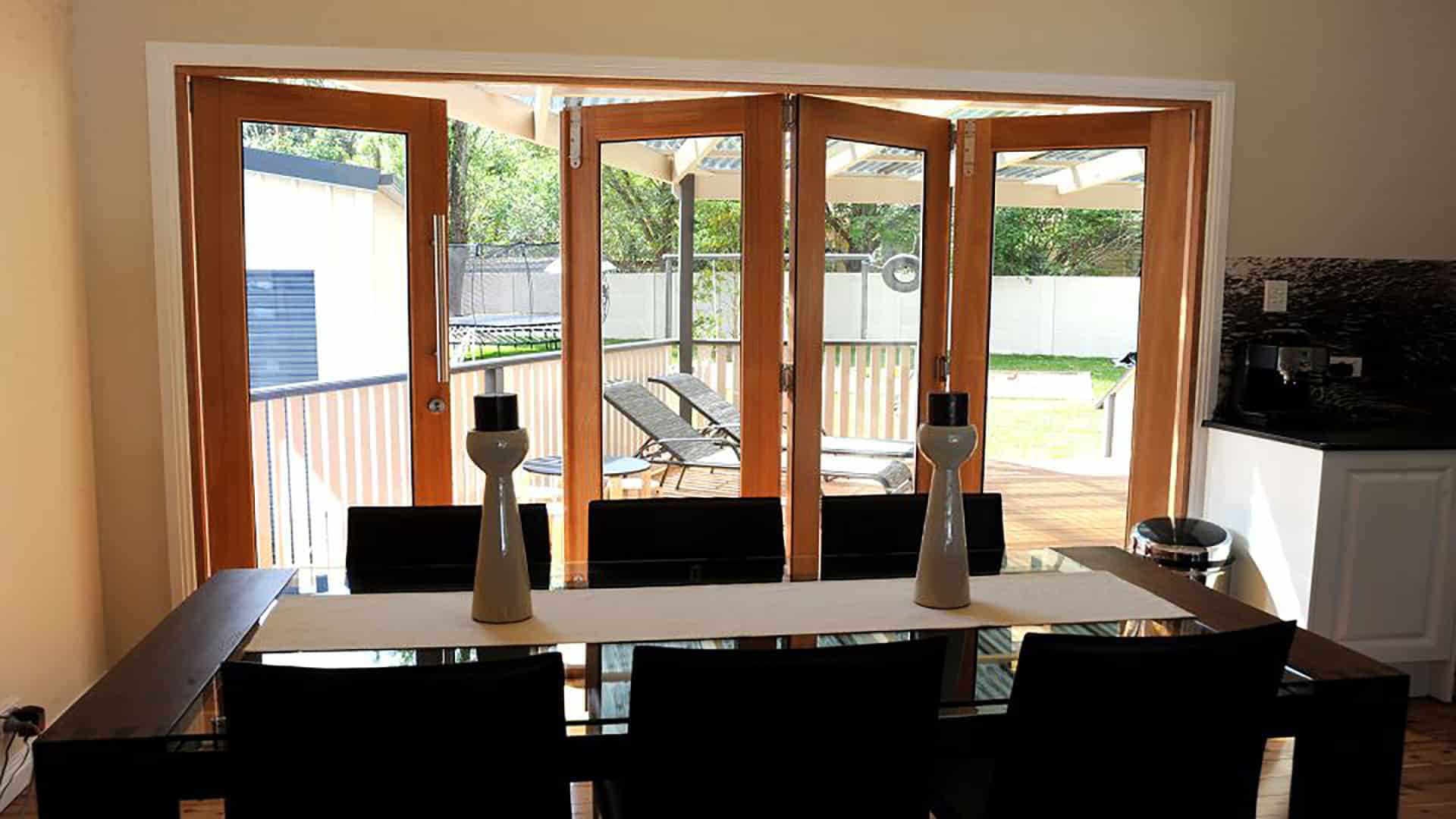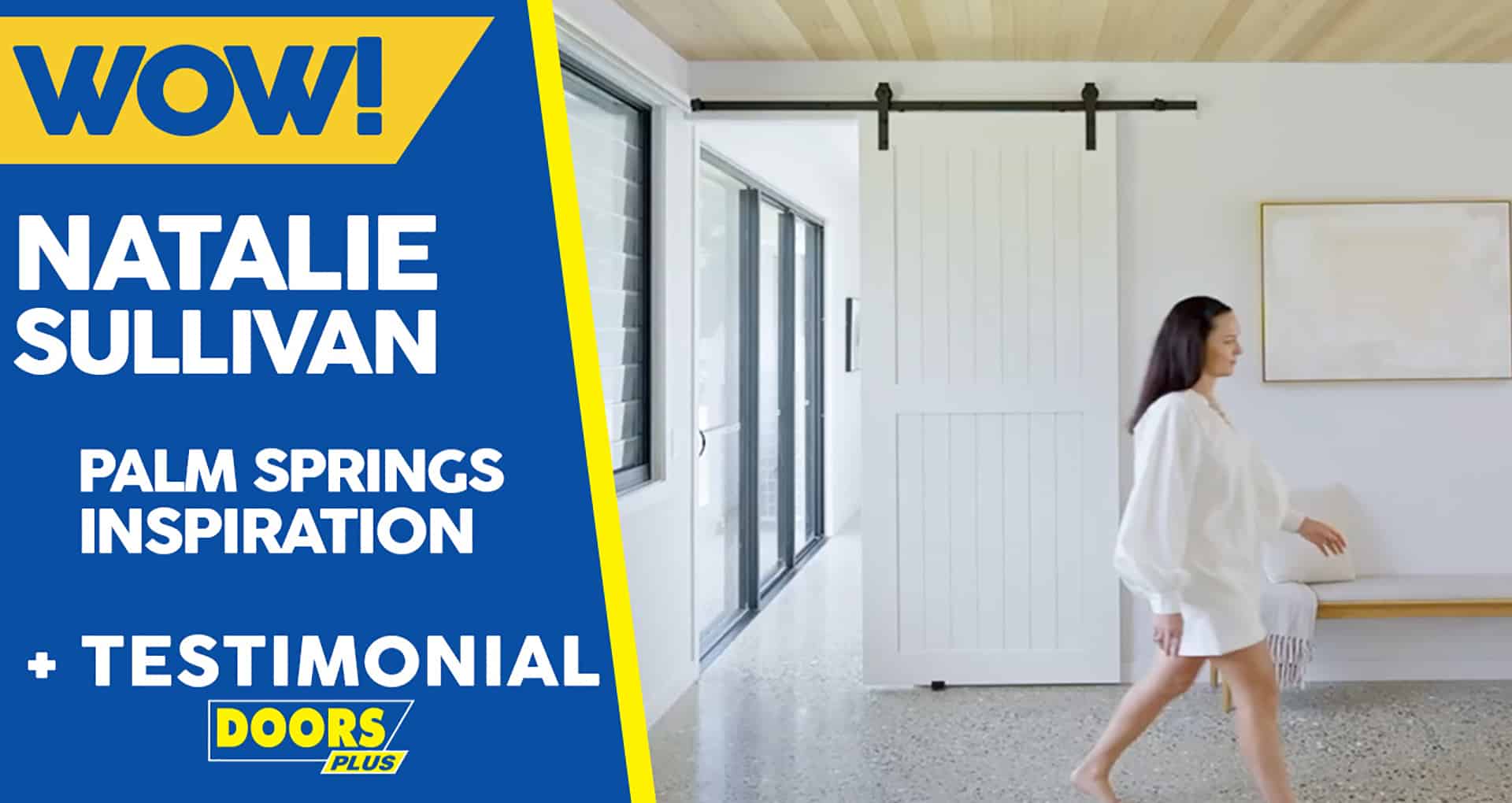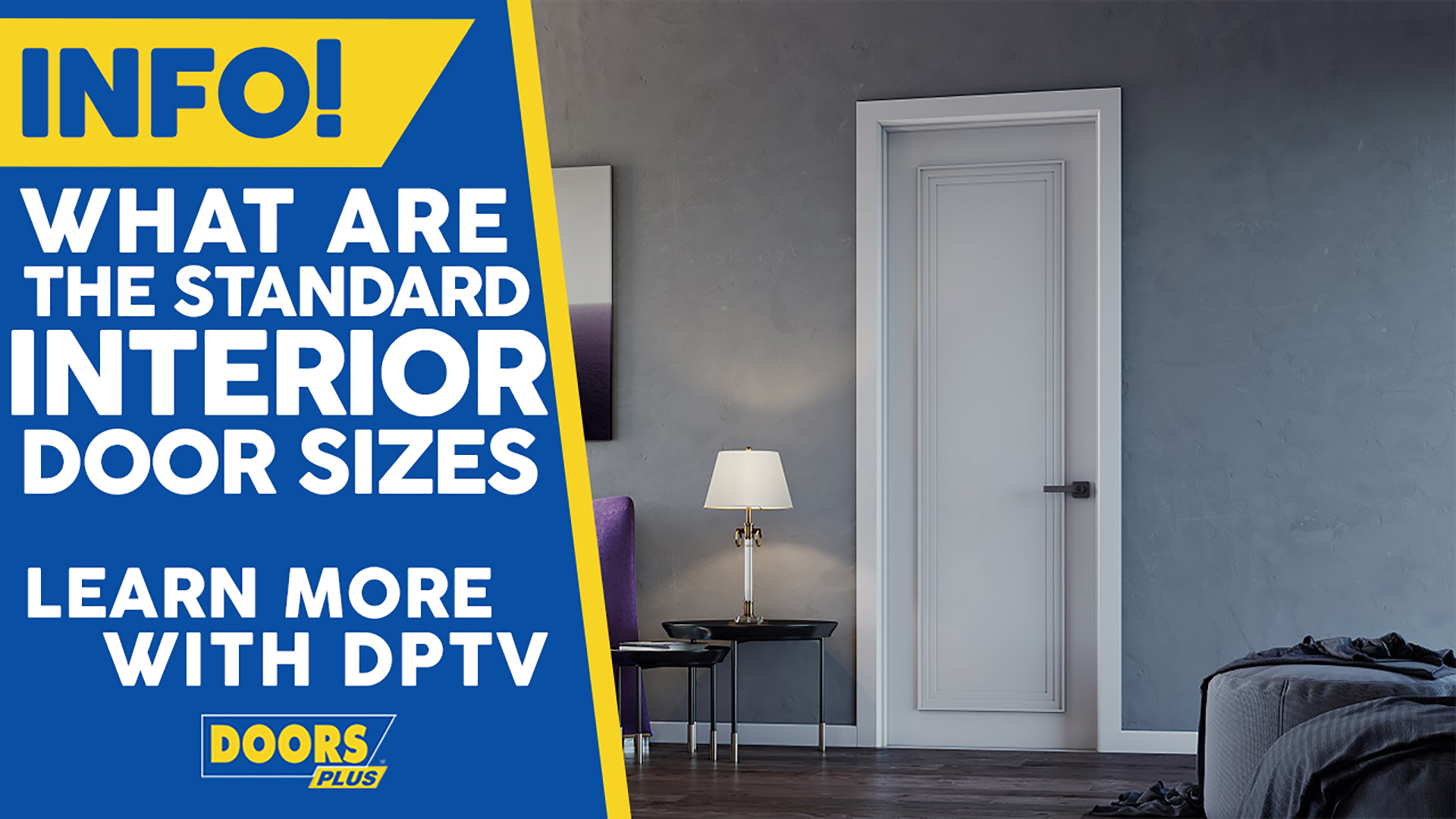What Is a Bifold Door? An Informative Guide
Imagine stepping out onto your patio without a bulky door getting in the way. What if you could erase the line between your living room and backyard with a simple flick of the wrist? Bifold doors make this seamless indoor-outdoor flow a reality.
Bifold doors, sometimes called folding doors, are a smart way to upgrade your home with more light, openness, and stylish design.
Unlike traditional hinged doors, bifold doors are made up of a series of panels that fold neatly against each other.
This lets you open up wide sections of your wall, offering beautiful views and seamlessly connecting your indoor and outdoor spaces.
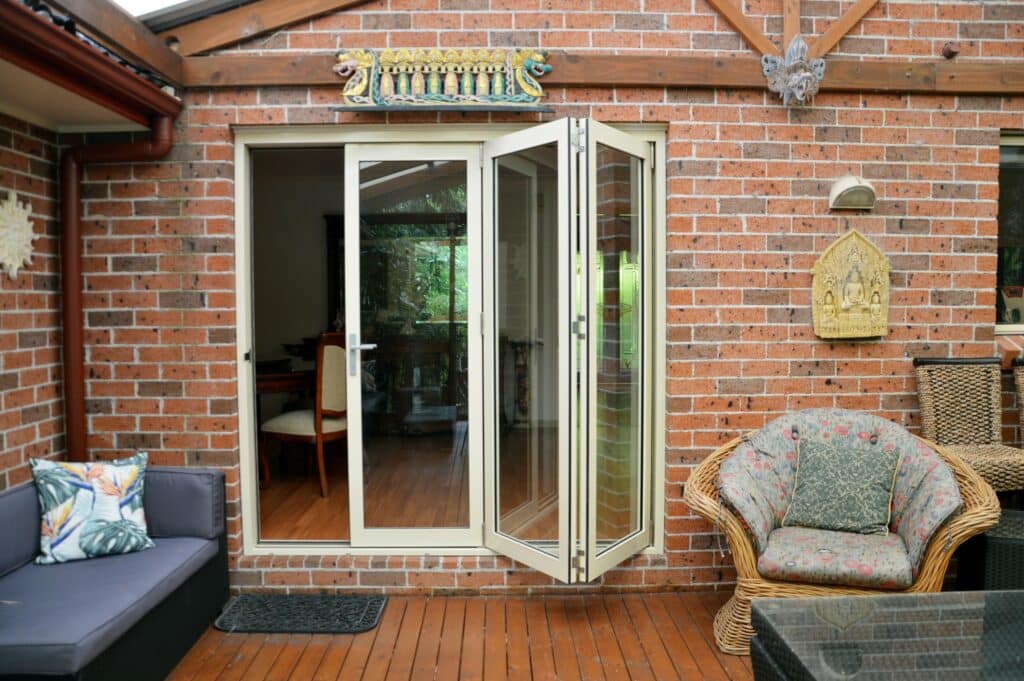
Design and Mechanism
The clever design of bifold doors is what sets them apart! Let’s break down how they work:
• Panels: Bifold doors consist of a series of individual panels, typically ranging from two to six.
• Hinges: The panels are connected by hinges, allowing them to fold in a concertina fashion.
• Tracks and rollers: Bifold doors glide along a track system, often mounted at the top of the frame, the bottom, or sometimes both for extra stability. Rollers within the track allow smooth opening and closing.
• Folding action: As you open the bifold door, the panels fold neatly onto themselves and stack to one or both sides of the opening, depending on the configuration. This maximises the open space.
Types of Bifold Doors
Bifold doors aren’t one-size-fits-all! They come in different materials and styles to match your home’s feel. Here are some of the common materials and styles:
• Timber: Love that classic warmth and natural beauty? Timber bifold doors, like those crafted from Pacific Ash, give that timeless elegance. You can even choose designs with glass panels for extra light.
• MDF: If you’re working with a budget, MDF bifold doors are the smart choice. They come in both hollow and semi-solid options, offering different levels of sound insulation and durability to suit your space.
• Shaker style: Looking for that sleek, modern look? Shaker-style bifold doors, with their clean lines and simple design, make a crisp and contemporary statement.
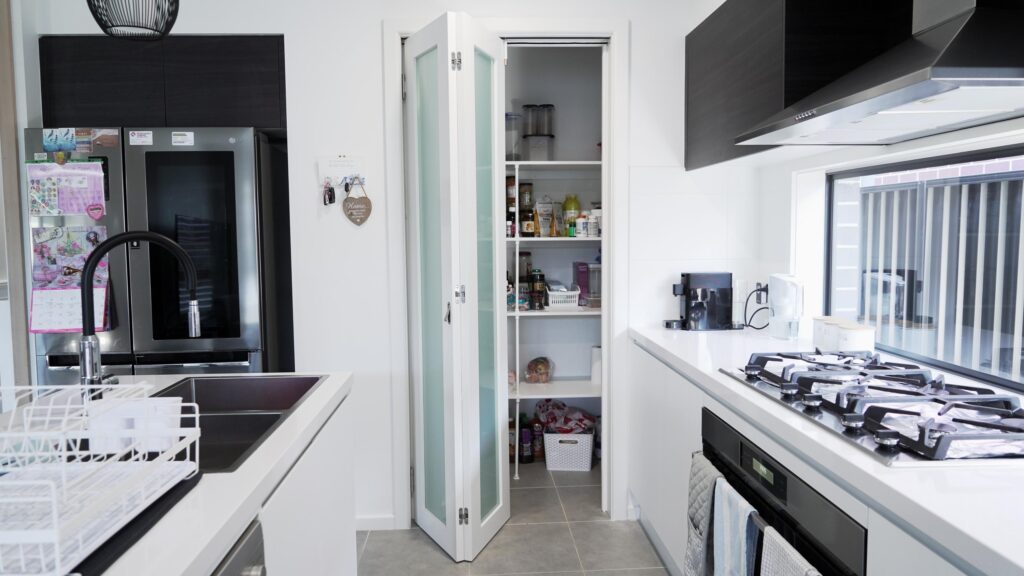
• French style: For a more classic touch, check out French-style bifold doors. Their symmetrical design with divided glass panels can be a great choice for traditional homes.
• Slatted louvre: If you need control over ventilation and light, opt for slatted louvre bifold doors. These have horizontal slats that can be angled to let in as much or as little air and sunlight as you want.
• Aluminium: For a super durable and low-maintenance option, aluminium bifold doors are your go-to. These are strong, weather-resistant, and ideal for areas that face harsh conditions. Perfect for external doors!
Installation Process
Bifold door installation can be quite tricky if it’s your first time. If you’re not comfortable with DIY projects, reach out to us at Doors Plus.
We have a team of experienced professionals who can install your bifold doors for you. If you want to give it a go yourself, here are the basic steps to installing bifold doors.
Step 1: Measure the Opening
Measure the width and height of the opening where your bifold doors will go. You know the saying measure twice, cut once? Well, in this case, measure three times! You want to make sure you have the exact measurements before ordering your doors.
Step 2: Prepare the Opening
• Remove any existing doors, framing, or trim.
• Make sure the opening is level, plumb, and square. You may need to make adjustments to the header or framing if not.
Step 3: Install the Head Track
• With this step, you’ll need to follow the manufacturer’s instructions carefully.
• Typically, you’ll secure the track to the header above the opening with screws or specialised mounting brackets.
• Once hung, double-check the track is level and securely fastened.
Step 4: Install the Bottom Track/Pivot System
• Some bifold doors use a bottom track, while others rely on pivot systems. Follow the instructions for your specific door.
• Bottom tracks are usually secured to the floor and need to be level and aligned with the head track.
• When using pivot systems, make sure the pivots are square with the header track.
Step 5: Hang the Bifold Door Panels
• You’ll definitely need help with this site. Carefully lift the first panel and insert the top roller or pivot pin into the head track.
• Align the bottom pin or runner with the bottom track or pivot point.
• Repeat for each panel, connecting them with hinges as you go.
Step 6: Install Handles and Hardware
• Attach the door handles and any additional hardware (latches, stoppers, etc.) according to the manufacturer’s guidelines.
Step 7: Adjust and Test
• Open and close the bifold doors slowly to test their operation.
• Check that the panels fold smoothly and the doors stack neatly.
• Adjust the rollers, pivots, or hinges for smooth opening and closing operation.
Step 8: Final Touches and Cleanup
• Caulk or seal any gaps around the frame for insulation and weatherproofing.
• Add any finishing touches like trim or paint to give your new bi-fold doors that professional look!
Pros and Cons
Pros
• Maximised openings and views: Bifold doors fold compactly, offering wider, more seamless openings than traditional doors. This brings the outside in and eliminates barriers between indoor and outdoor spaces.
• Lots of natural light: Large glass panels on bifold doors flood your home with sunlight, reducing the need for artificial light. This can also help lower your energy bills.
• Ventilation: When fully open, bifold doors provide amazing cross-ventilation, keeping things cool and breezy, especially during warm Aussie summers.
• Design versatility: With options in timber, MDF, and aluminium, plus various panel choices, bifold doors can easily adapt to suit your home’s look.
• Increased property value: Quality bifold doors add a touch of luxury and improve functionality, potentially boosting your home’s value!
Cons
• Higher cost: Bifold doors can be more expensive than standard single-panel doors due to their design and hardware.
• Potential for leaks: While seals have improved over the years, there’s still a slightly higher chance of water leaks around bifold doors during extreme rain storms compared to some solid panel doors.
• Security: While modern bifold doors have strong locking mechanisms, some extra care is needed with a multi-panel design compared to a solid door. Always choose doors with reputable, quality hardware.
• Cleaning and maintenance: Due to the multiple panels and tracks, bifold doors can require a bit more cleaning to keep them functioning smoothly and looking their best.
For many homeowners, the pros of bifold doors far outweigh the cons. If you really want open spaces, tonnes of natural light, and that indoor-outdoor living that Aussies love, bifold doors are unmatched!
Why Bifold Doors Might Be Right for You
Beyond the practical advantages we’ve discussed, there’s something special about having bifold doors in your home. They create a unique sense of openness and flow that adds character and charm to any living space.
Bifold doors are also perfect for entertaining, making your home the go-to spot for BBQs and get-togethers. Plus, their versatility means they can be used in a variety of spaces, from small apartments to large family homes.
Don’t just dream of an open, light-filled home – create it! Visit your nearest Doors Plus showroom and let our team help you discover the perfect bifold doors to transform your space.
Get inspired by our styles, and contact us for your free measure and quote. Let’s bring your vision of beautiful, functional living to life.
FAQs About Bifold Doors
Can I Have Two Bifold Doors?
Absolutely! It’s common to use two sets of bifold doors, particularly for wider openings. For extra-large spaces or creating panoramic views, you can choose configurations where each set of bifold doors meets in the middle or one set stacks together to provide the widest possible opening.
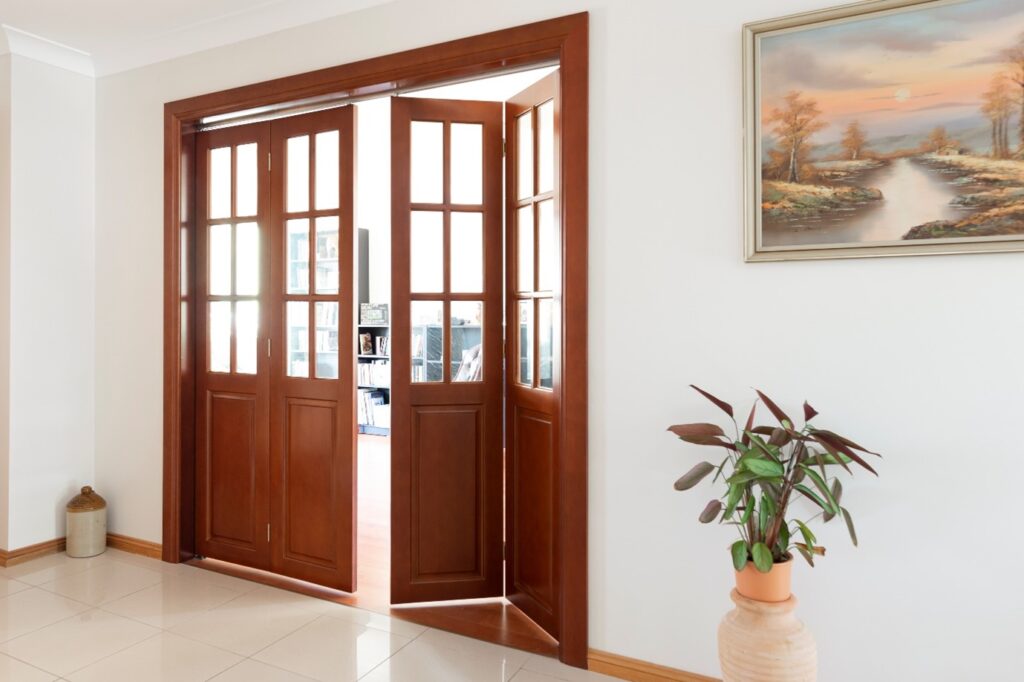
Where Does the Snugger Guide Go?
The snugger guide (also called a jamb guide) is a small component within a bifold door system. It’s positioned on the frame’s strike side (the side where the doors close and latch). This guide helps the last bifold panel stay close to the frame for greater security and weatherproofing.
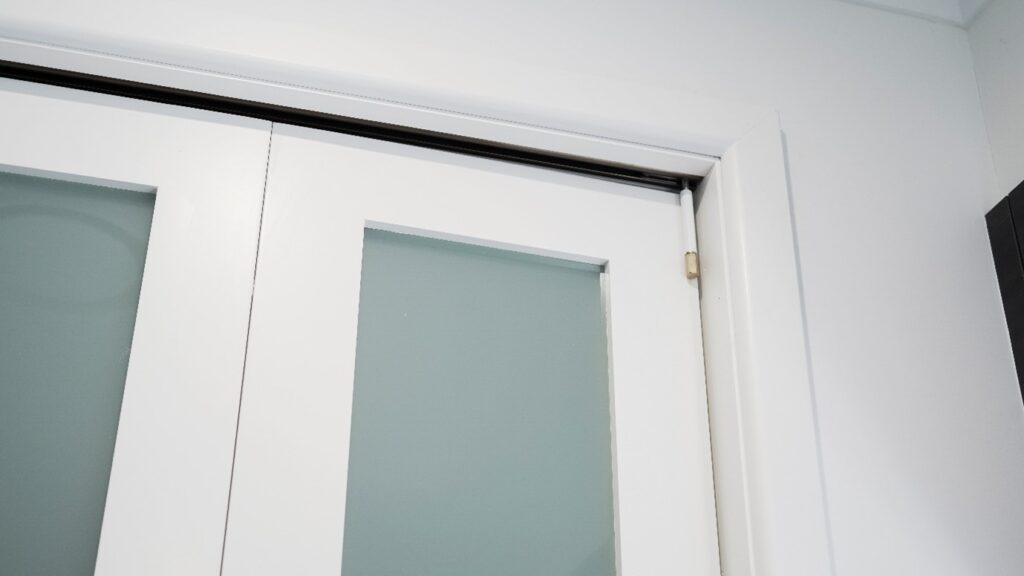
How Much Smaller Do Bifold Doors Need To Be Than Finished Opening?
For proper clearance and smooth operation, bifold doors need a bit of spacing around the finished opening. This varies slightly depending on the manufacturer and exact door system.
However, it’s usually recommended to make the opening about 10-15mm wider and 6-10mm higher than the actual bifold door unit. Always refer to the specifications for your chosen doors.

